Home>Articles>How To Unclog A Toilet With Vinegar And Baking Soda
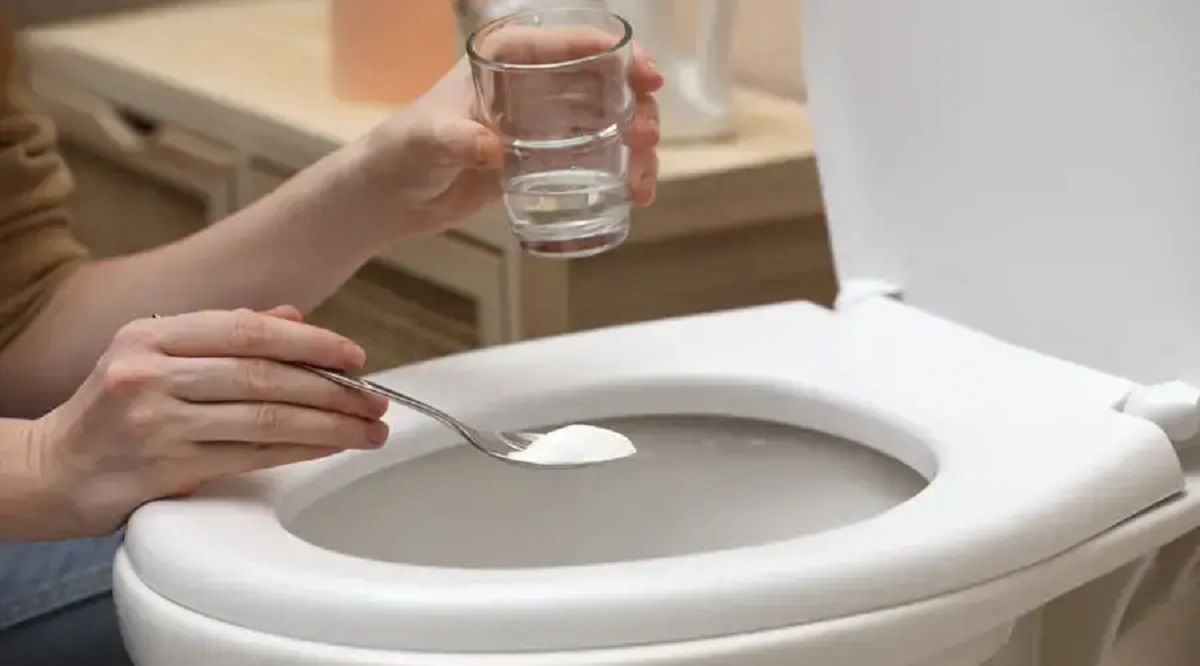

Articles
How To Unclog A Toilet With Vinegar And Baking Soda
Modified: October 20, 2024
Learn the steps on how to unclog a toilet using vinegar and baking soda in this informative article. Discover effective DIY methods to tackle this common household problem.
(Many of the links in this article redirect to a specific reviewed product. Your purchase of these products through affiliate links helps to generate commission for Storables.com, at no extra cost. Learn more)
How To Unclog A Toilet With Vinegar And Baking Soda
Dealing with a clogged toilet can be a frustrating and unpleasant experience. Luckily, there are several household items that can help effectively unclog a toilet, including vinegar and baking soda. This natural and chemical-free method is not only effective but also environmentally friendly. In this article, we will guide you through the process of using vinegar and baking soda to unclog a toilet.
Key Takeaways:
- Natural and cost-effective, using vinegar and baking soda to unclog a toilet is an environmentally friendly alternative to chemical-based drain cleaners, providing a powerful and eco-friendly solution.
- By understanding the causes of toilet clogs and taking preventive measures, you can minimize the occurrence of clogs and maintain a fully functioning and clog-free toilet.
Understanding the Clogging Issue
Before we dive into the step-by-step process, it’s important to understand why a toilet gets clogged in the first place. Toilet clogs usually occur when there is a buildup of waste, toilet paper, or other foreign objects in the drainpipe, causing a blockage that prevents proper flushing.
Why Use Vinegar and Baking Soda?
Vinegar and baking soda create a chemical reaction when combined, known as effervescence. This reaction produces bubbles and foam that can help break up the clog and unclog the toilet. Additionally, vinegar is acidic, which can help dissolve certain types of clogs, while baking soda acts as a mild abrasive that can dislodge debris.
Precautions Before Attempting Unclogging
Before you start using vinegar and baking soda to unclog your toilet, make sure to take the following precautions:
- Wear gloves to protect your hands from any potential mess.
- Avoid mixing vinegar and baking soda directly in a container, as the rapid reaction could cause the mixture to overflow.
- Do not use this method if you have used a chemical-based drain cleaner recently, as the reaction could be dangerous.
Step 1: Gather the Necessary Supplies
Before you begin the unclogging process, gather the following supplies:
- 1 cup of baking soda
- 2 cups of vinegar
- Rubber gloves
- A plunger
Step 2: Measure the Ingredients
Introduction
Dealing with a clogged toilet can be a stressful and inconvenient situation. Whether it’s a result of excessive toilet paper usage or a foreign object accidentally making its way into the drainpipe, a clogged toilet can disrupt the normal functioning of your household. While there are various methods available to unclog a toilet, using vinegar and baking soda is a natural and effective solution that can save you from using harsh chemicals and expensive plumbing services.
Vinegar and baking soda are common household items that can be found in most kitchens. They are inexpensive, environmentally friendly, and readily available alternatives to chemical-based drain cleaners. The combination of these two ingredients creates a reaction that effectively breaks down clogs and clears the blockage in your toilet, allowing it to drain properly.
In this article, we will provide you with a step-by-step guide on how to use vinegar and baking soda to unclog a toilet. We will also discuss the reasons why this method is effective and provide some essential precautions to ensure your safety throughout the process.
So, if you’re ready to tackle that stubborn clog and restore the functionality of your toilet, let’s dive into the process of unclogging a toilet with vinegar and baking soda!
Key Takeaways:
- Natural and cost-effective, using vinegar and baking soda to unclog a toilet is an environmentally friendly alternative to chemical-based drain cleaners, providing a powerful and eco-friendly solution.
- By understanding the causes of toilet clogs and taking preventive measures, you can minimize the occurrence of clogs and maintain a fully functioning and clog-free toilet.
Understanding the Clogging Issue
Before we delve into the process of using vinegar and baking soda to unclog a toilet, it’s essential to understand the common causes of toilet clogs. Understanding the underlying issue will help you prevent future clogs and take appropriate measures to maintain a properly functioning toilet.
Toilet clogs can occur due to a variety of reasons, including:
- Excessive toilet paper usage: Using an excessive amount of toilet paper in a single flush can lead to clogs. It’s important to remember that toilets are designed to handle a moderate amount of paper, so exercise moderation in toilet paper usage.
- Foreign objects: Accidentally flushing foreign objects, such as sanitary napkins, baby wipes, dental floss, or small toys, can easily cause a blockage in the drainpipe. These objects do not dissolve in water and can become lodged in the pipes, resulting in a clog.
- Hard water buildup: If your water supply has a high mineral content, it can result in the accumulation of mineral deposits inside the pipes over time. This buildup can restrict water flow and eventually lead to clogs.
- Old plumbing: In some cases, outdated plumbing systems can contribute to frequent toilet clogs. Older pipes may be narrower or have rough surfaces, making them more prone to clogs compared to newer plumbing systems.
By understanding these common causes, you can take preventive measures to minimize the occurrence of toilet clogs. Practicing moderation in toilet paper usage, avoiding flushing non-flushable items, and considering regular plumbing maintenance can drastically reduce the likelihood of facing a clogged toilet.
Now that we have a better understanding of why toilet clogs happen let’s explore why vinegar and baking soda are effective in unclogging toilets.
Why Use Vinegar and Baking Soda?
When it comes to unclogging a toilet, vinegar and baking soda prove to be an excellent combination due to their powerful cleaning properties and the chemical reaction they create when combined.
1. Chemical reaction: When vinegar and baking soda are mixed together, they undergo a chemical reaction called effervescence. This reaction produces carbon dioxide gas, which results in the formation of bubbles and foam. The foaming action helps to dislodge and break up the clog, making it easier to clear the blockage.
2. Vinegar’s acidity: Vinegar is mildly acidic, making it effective in dissolving certain types of clogs. The acidity helps to break down organic matter, such as toilet paper or waste, that may be causing the blockage. The acidic nature of vinegar also helps to remove mineral deposits or hard water buildup inside the pipes, enhancing the overall effectiveness of the unclogging process.
3. Baking soda as an abrasive: Baking soda acts as a mild abrasive that can help dislodge debris and loosen the clog. When combined with vinegar, the effervescence and bubbling action agitate the clog, allowing the abrasiveness of the baking soda to further break it down. The combination of these two ingredients provides a powerful and natural solution for tackling toilet clogs.
4. Environmentally friendly: One of the advantages of using vinegar and baking soda to unclog a toilet is that they are environmentally friendly alternatives to chemical-based drain cleaners. Commercial drain cleaners often contain harsh chemicals that can be harmful to both the environment and your plumbing system. By using vinegar and baking soda, you can avoid introducing these chemicals into the water supply and minimize any potential negative environmental impact.
5. Cost-effective: Vinegar and baking soda are readily available and affordable household items. Purchasing these ingredients is much more cost-effective compared to purchasing commercial drain cleaners or calling a plumber. With vinegar and baking soda, you can often resolve minor toilet clogs without incurring unnecessary expenses.
Now that we understand the benefits of using vinegar and baking soda, let’s move on to the necessary precautions to take before attempting the unclogging process.
Precautions Before Attempting Unclogging
Before you begin the process of unclogging your toilet with vinegar and baking soda, it’s essential to take some necessary precautions to ensure your safety and the effectiveness of the method. Here are some precautions to keep in mind:
- Wear gloves: Before you start the unclogging process, it’s important to protect your hands by wearing rubber gloves. This will prevent direct contact with any harmful bacteria or substances that may be present in the toilet.
- Avoid mixing in a container: It’s crucial to avoid mixing vinegar and baking soda in a container before pouring them into the toilet. Mixing these two ingredients directly in a container can cause a rapid reaction, resulting in the mixture overflowing and making a mess. To prevent this, you should add the ingredients separately into the toilet bowl.
- Caution with recent chemical drain cleaners: If you have recently used a chemical-based drain cleaner, it’s important to exercise caution. Mixing vinegar and baking soda with remnants of a chemical-based cleaner can cause a potentially hazardous chemical reaction. It’s advisable to wait a sufficient amount of time after using a chemical drain cleaner before attempting the vinegar and baking soda method.
- Ensure proper ventilation: When using vinegar and baking soda, ensure that the bathroom is well-ventilated. Open a window or turn on the exhaust fan to allow fresh air to circulate. The release of carbon dioxide gas during the effervescence process can create a strong odor, so proper ventilation will help mitigate any unpleasant smells.
- Use caution with fragile porcelain: While vinegar is generally safe to use on porcelain, repeated use over time can potentially damage the glaze. It’s important to follow the instructions carefully and avoid excessive use of vinegar and baking soda to prevent any potential harm to the toilet bowl’s surface.
- Keep children and pets away: During the unclogging process, it’s essential to keep children and pets away from the bathroom. The vinegar and baking soda mixture can create a fizzing sound and may pique their curiosity. To ensure their safety, it’s best to restrict access while unclogging the toilet.
By taking these precautions, you can ensure a safe and effective unclogging process. Now that we have covered the necessary precautions, let’s move on to the step-by-step guide on using vinegar and baking soda to unclog your toilet.
Step 1: Gather the Necessary Supplies
Before you begin the process of unclogging your toilet with vinegar and baking soda, it’s important to gather all the necessary supplies. Having everything you need within reach will help make the unclogging process smoother and more efficient. Here’s what you’ll need:
- 1 cup of baking soda: Baking soda is a key ingredient in this unclogging method. It acts as a mild abrasive and helps dislodge the clog.
- 2 cups of vinegar: Vinegar is an acidic liquid that aids in the breakdown of clogs and helps dissolve any organic matter.
- Rubber gloves: Wearing rubber gloves is essential to protect your hands from any potential mess or harmful bacteria present in the toilet. Make sure to choose gloves that fit well and provide adequate protection.
- A plunger: A plunger is an indispensable tool for unclogging toilets. It creates suction and pressure that helps dislodge the clog and allows the flow of water through the drainpipe.
Once you have gathered all the necessary supplies, you are ready to move on to the next step: measuring the ingredients.
It’s important to note that the quantities mentioned here are general guidelines. Depending on the severity of the clog, you may need to adjust the amount of baking soda and vinegar used. For stubborn clogs, you can increase the quantities to enhance the cleaning power of the solution.
Now that you have everything prepared, it’s time to move on to the next step: measuring the ingredients and preparing the mixture. We will cover this in the following step.
Step 2: Measure the Ingredients
Now that you have gathered all the necessary supplies, it’s time to measure the ingredients for the unclogging mixture. Measuring the ingredients accurately will ensure the right chemical reaction and maximize the effectiveness of the solution. Follow these steps to measure the ingredients:
- Put on your rubber gloves to protect your hands throughout the process.
- Take one cup of baking soda and measure it using a measuring cup or a spoon. Ensure that the baking soda is level and not packed tightly.
- Pour the measured baking soda into a disposable cup or directly into the toilet bowl. It’s important to pour the baking soda directly into the water in the toilet bowl.
- Next, take two cups of vinegar and measure them using a measuring cup or a container with a pour spout. You can use white vinegar or apple cider vinegar, as both are effective options for unclogging a toilet.
- While wearing your rubber gloves, carefully pour the vinegar into the toilet bowl, aiming for the area where you poured the baking soda. Take precautionary measures to avoid any spills.
Ensure that you pour the vinegar slowly and directly onto the baking soda. The combination of vinegar and baking soda will create a chemical reaction, resulting in the production of bubbles and foam. This reaction is vital for breaking down the clog and clearing the blockage.
When pouring the vinegar, you may hear a fizzy or bubbling sound, which is a normal part of the reaction. The foaming action will help dislodge the clog and create pressure to clear the drainpipe.
Now that you have successfully measured the ingredients and prepared the mixture, it’s time to move on to the next step: pouring the baking soda into the toilet bowl. We will cover this in the following step.
Step 3: Pour Baking Soda into the Toilet Bowl
With the vinegar and baking soda mixture prepared, it’s time to pour the baking soda into the toilet bowl. This step is crucial, as it allows the baking soda to come into contact with the clog and initiate the chemical reaction. Follow these steps to pour the baking soda into the toilet bowl:
- Ensure that you have your rubber gloves on and that you are standing near the toilet bowl.
- Pick up the cup or container containing the baking soda.
- Slowly and carefully pour the baking soda into the water in the toilet bowl. Aim for the area where you poured the vinegar, as this is where you want the baking soda to react with the vinegar.
- Try to distribute the baking soda as evenly as possible throughout the toilet bowl to maximize its coverage and ensure it reaches the clog.
As you pour the baking soda, you may notice a slight fizzing or bubbling reaction. This is a normal part of the chemical reaction between the vinegar and baking soda. The combination of the two ingredients creates carbon dioxide gas, resulting in the foaming action that helps break down the clog.
Once you have poured the baking soda into the toilet bowl, it’s time to proceed to the next step: adding the vinegar to the mixture. We will cover this in the following step.
Step 4: Add Vinegar to the Toilet Bowl
Now that you have poured the baking soda into the toilet bowl, it’s time to add the vinegar to the mixture. Adding the vinegar will activate the chemical reaction between the two ingredients, creating foam and bubbles that help break down the clog. Follow these steps to add the vinegar:
- Ensure that you are wearing your rubber gloves and that you are standing near the toilet bowl.
- Pick up the measuring cup or container containing the vinegar.
- Slowly and carefully pour the vinegar into the toilet bowl, aiming for the area where you poured the baking soda. This will ensure that the vinegar comes into contact with the baking soda and initiates the chemical reaction.
- Be cautious and pour the vinegar slowly to prevent any spills or splashes.
As you add the vinegar to the mixture, you may notice that it starts to fizz and bubble. This reaction is a result of the chemical reaction between the vinegar (acidic) and baking soda (alkaline), producing carbon dioxide gas. The foam and bubbles created by the reaction will help dislodge the clog and break it down for easier removal.
It’s important to note that the reaction between vinegar and baking soda is temporary, and the foam will subside over time. Allow the mixture to sit in the toilet bowl for about 10-15 minutes, giving the vinegar and baking soda enough time to work their magic and break down the clog.
Once you have added the vinegar to the mixture, it’s time to move on to the next step: waiting and allowing the mixture to work. We will cover this in the following step.
Step 5: Wait and Allow the Mixture to Work
After adding the vinegar to the toilet bowl, it’s time to patiently wait and allow the mixture to work its magic. The combination of vinegar and baking soda will create a chemical reaction that helps break down the clog. Follow these steps to ensure proper waiting time:
- Once you have added the vinegar to the mixture, avoid flushing the toilet or using any water for at least 10-15 minutes. This will give the vinegar and baking soda enough time to work on the clog and break it down.
- During the waiting time, it’s important to keep children and pets away from the bathroom to avoid any accidental contact with the mixture.
- You may notice a slight fizzing or bubbling action during this waiting period, which is a normal part of the chemical reaction between vinegar and baking soda.
The waiting time allows the foaming action of the vinegar and baking soda mixture to attack the clog. The bubbles and foam help to dislodge the debris and break down the blockage, making it easier to remove.
It’s important to note that the waiting time can vary depending on the severity of the clog. In some cases, you may need to wait for a longer period to ensure maximum effectiveness. If the clog is stubborn, you can even consider letting the mixture sit overnight for more stubborn clogs.
Once you have waited for the appropriate amount of time, it’s time to move on to the next step: using a plunger to unclog the toilet. We will cover this in the following step.
Step 6: Use a Plunger to Unclog the Toilet
After allowing the vinegar and baking soda mixture to work its magic, it’s time to use a plunger to unclog the toilet. The plunger creates suction and pressure, which helps dislodge and remove the clog. Follow these steps to effectively use a plunger:
- Put on your rubber gloves and position the plunger in the toilet bowl. Ensure that the plunger’s rubber cup completely covers the drain hole at the bottom of the toilet bowl.
- Press the plunger down gently and create a tight seal between the plunger cup and the drain hole. Make sure the cup is fully covering the hole to ensure effective suction.
- Using a combination of vertical and horizontal plunging motions, apply firm and steady pressure without breaking the seal. Push down and pull up on the plunger, creating a pumping action.
- Continue plunging vigorously for about 20-30 seconds, or until you feel a significant change in water movement or hear the sound of the clog breaking up.
- Release the seal by slowly lifting the plunger upright to avoid any splashes.
Repeat the plunging process a few times if necessary. This will help dislodge any remaining debris and clear the drainpipe completely. Be patient and persistent, as it may take a few attempts to completely remove the clog.
Once you have successfully plunged the toilet and feel that the clog has been cleared, it’s time to move on to the final step: testing the flush. We will cover this in the following step.
Step 7: Test the Flush
After using the plunger to unclog the toilet, it’s important to test the flush to ensure that the blockage has been successfully cleared. Follow these steps to test the flush:
- Slowly and cautiously remove the plunger from the toilet bowl, taking care not to drip any water.
- Check for any signs of the clog, such as debris or residue on the plunger. If you notice any remnants of the clog, repeat the plunging process again until the water drains properly.
- Once the plunger is removed, carefully flush the toilet by pressing the flush handle or button. Observe the water flow and listen for any unusual sounds.
- If the water flows freely, without any signs of backup or slow draining, congratulations! You have successfully unclogged the toilet using vinegar and baking soda.
- If, however, the water continues to drain slowly or shows signs of backup, you may need to repeat the vinegar and baking soda method and the plunging process a few more times to completely remove the clog.
Testing the flush is an important step to ensure that the clog has been effectively cleared. If the first attempt doesn’t fully resolve the issue, don’t worry. Keep repeating the steps until the toilet flushes smoothly without any problems.
Once you have confirmed that the toilet is flushing properly, it’s important to take some preventive measures to avoid future clogs. We will cover this in the next section: preventing future toilet clogs.
Preventing Future Toilet Clogs
Dealing with a clogged toilet can be a hassle, so it’s important to take preventive measures to avoid future clogs. By following these simple preventive steps, you can keep your toilet running smoothly:
- Use toilet paper in moderation: Use an appropriate amount of toilet paper and avoid excessive usage in a single flush. This will help prevent unnecessary buildup and reduce the risk of clogs.
- Avoid flushing non-flushable items: Only flush toilet paper and waste down the toilet. Avoid flushing non-flushable items such as wet wipes, sanitary napkins, dental floss, or paper towels, as they can easily cause clogs. Dispose of these items properly in a waste bin.
- Regular maintenance: Consider scheduling regular maintenance for your plumbing system. Professional plumbers can inspect the pipes, clean any potential blockages, and detect any potential issues before they become major problems.
- Install drain screens: Placing drain screens over the drains in your bathroom can help catch hair, debris, and foreign objects before they enter the drainpipe and cause clogs. Regularly clean the drain screens to ensure their effectiveness.
- Teach proper toilet usage: Educate household members, especially children, about proper toilet usage. Teach them to use the appropriate amount of toilet paper and to avoid flushing non-flushable items down the toilet.
- Consider a high-efficiency toilet: Upgrading to a high-efficiency toilet can help reduce the risk of clogs. These toilets are designed with more powerful flushing mechanisms that can effectively move waste through the drainpipes.
By following these preventive measures, you can significantly reduce the chances of facing future toilet clogs. However, if you do encounter another clog in the future, you now have the knowledge and steps to unclog the toilet using vinegar and baking soda.
Remember, prevention is key when it comes to toilet clogs. By being mindful of what goes down the toilet and taking proactive measures, you can maintain a fully functioning and clog-free toilet.
With that, we conclude our guide on how to unclog a toilet with vinegar and baking soda. We hope this information has been helpful and that you can successfully handle any future toilet clogs that may arise.
Happy unclogging!
Conclusion
Dealing with a clogged toilet can be a frustrating and inconvenient experience, but using vinegar and baking soda as a natural solution can make the unclogging process easier and more environmentally friendly. With the right precautions and steps, you can effectively unclog your toilet and restore its normal functionality.
We have explored the reasons why vinegar and baking soda are effective for unclogging toilets, the necessary precautions to take before attempting the unclogging process, and the step-by-step procedure for using vinegar and baking soda to clear a toilet clog.
Remember to gather the necessary supplies, measure the ingredients accurately, and pour the baking soda and vinegar mixture into the toilet bowl. Allow the mixture to work by waiting for the chemical reaction to break down the clog. Then, use a plunger to create suction and pressure to dislodge the clog. Test the flush to ensure the blockage has been cleared, and take preventive measures to avoid future toilet clogs.
By following these steps and implementing preventive measures, you can keep your toilet functioning smoothly and minimize the occurrence of clogs. However, if you continue to experience persistent or severe clogs, it may be necessary to consult a professional plumber.
Remember to exercise caution throughout the unclogging process, wear protective gloves, and ensure proper ventilation. Be patient and persistent, especially when dealing with stubborn clogs. The combination of vinegar and baking soda offers a natural, cost-effective, and eco-friendly solution for unclogging your toilet.
We hope this guide has been informative and helpful in your quest to unclog a toilet with vinegar and baking soda. With these tips and tricks, you can confidently tackle any future toilet clogs that may come your way.
Happy unclogging!
Frequently Asked Questions about How To Unclog A Toilet With Vinegar And Baking Soda
Was this page helpful?
At Storables.com, we guarantee accurate and reliable information. Our content, validated by Expert Board Contributors, is crafted following stringent Editorial Policies. We're committed to providing you with well-researched, expert-backed insights for all your informational needs.
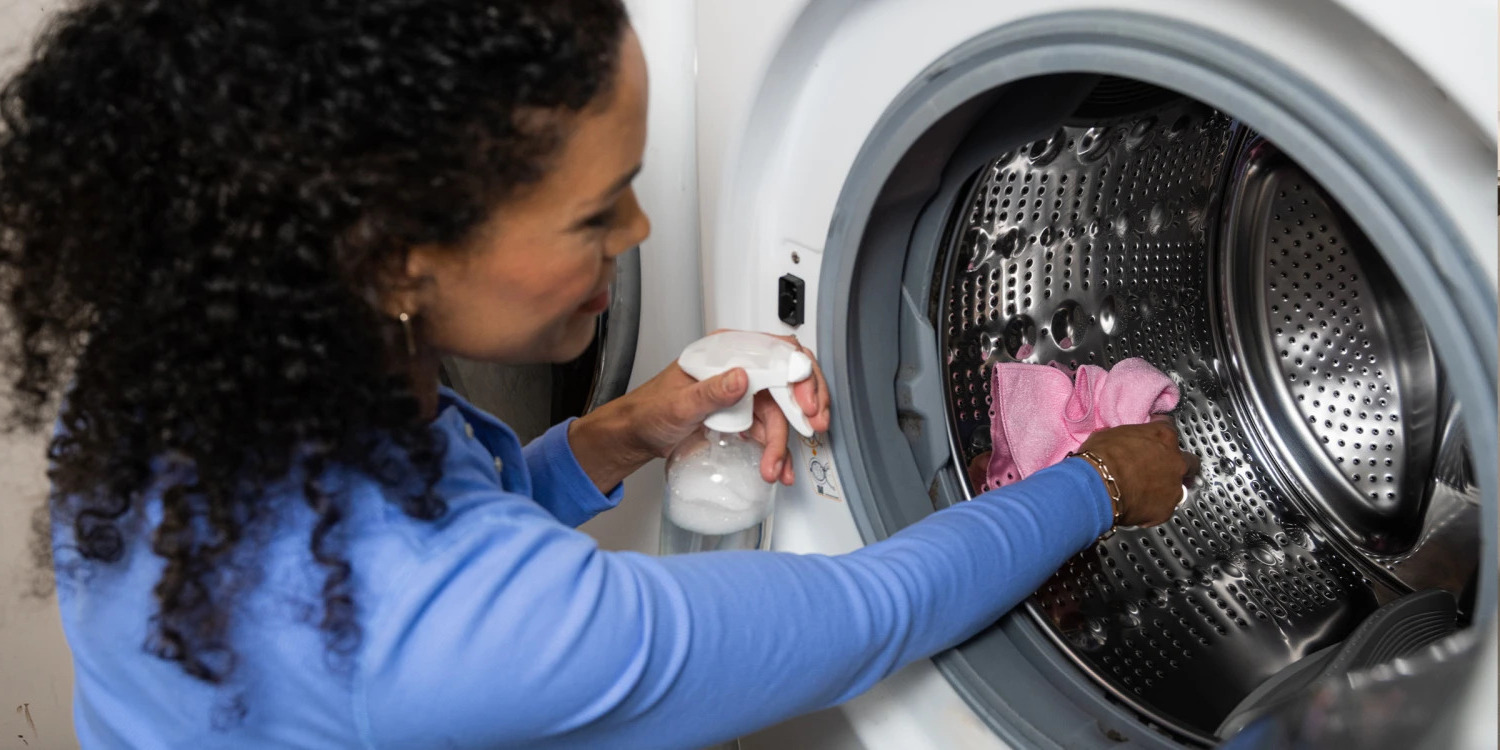
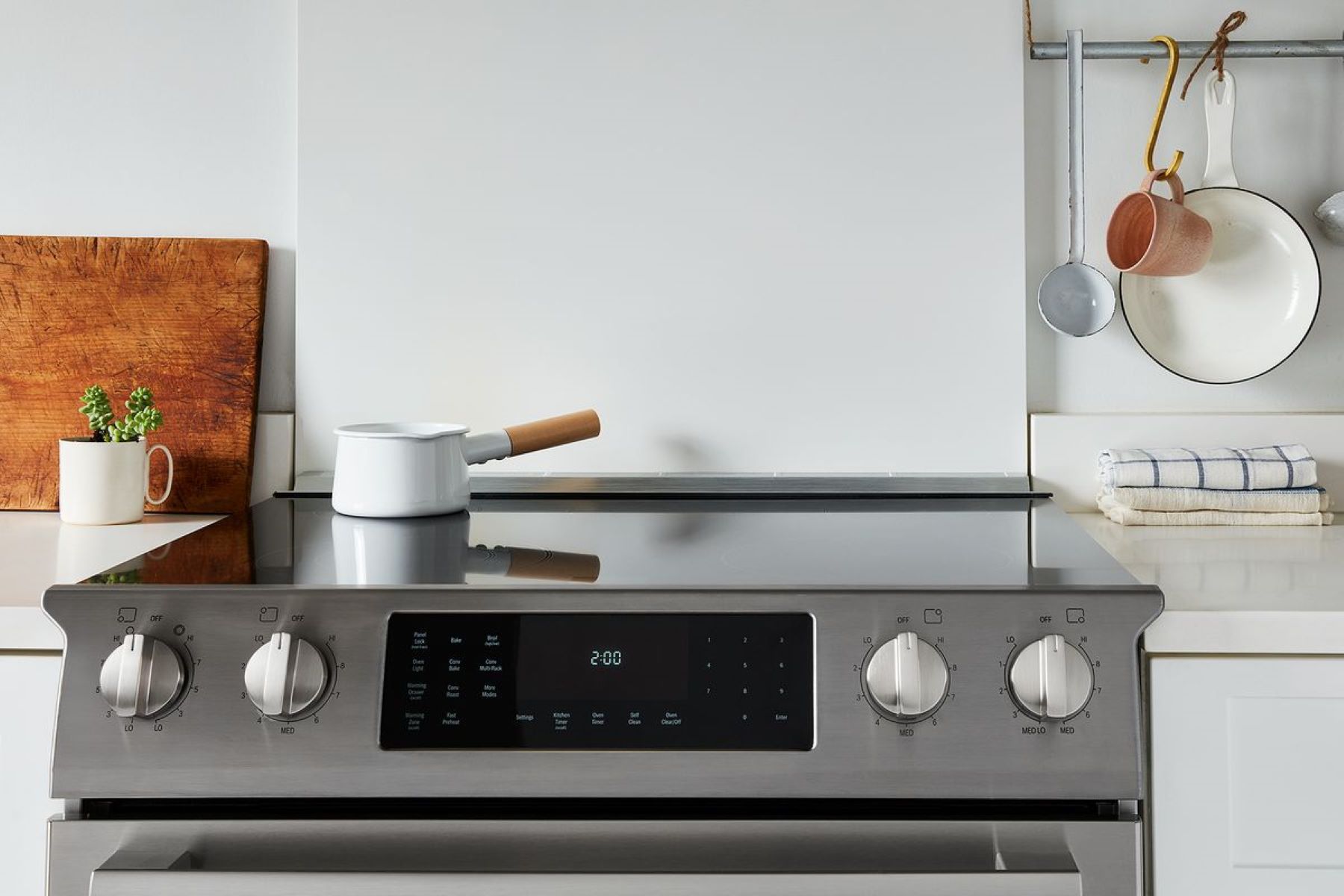
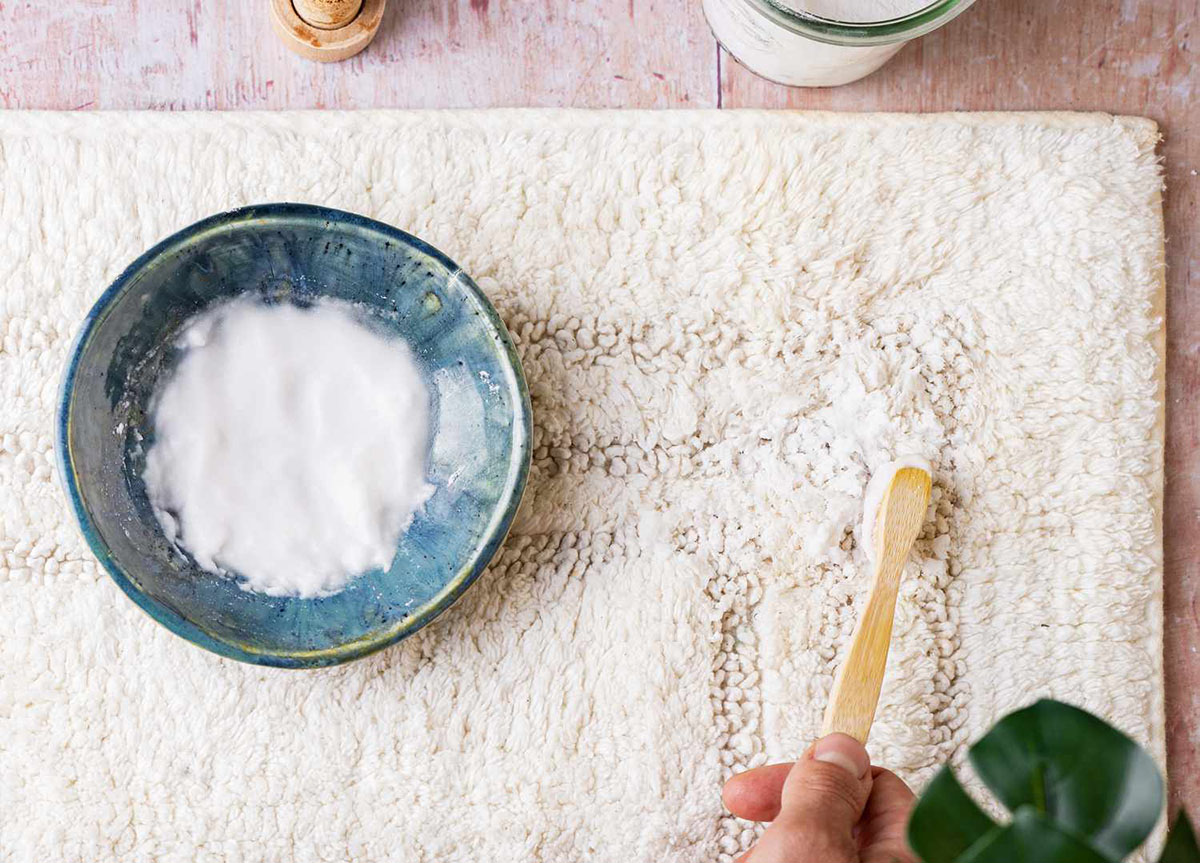
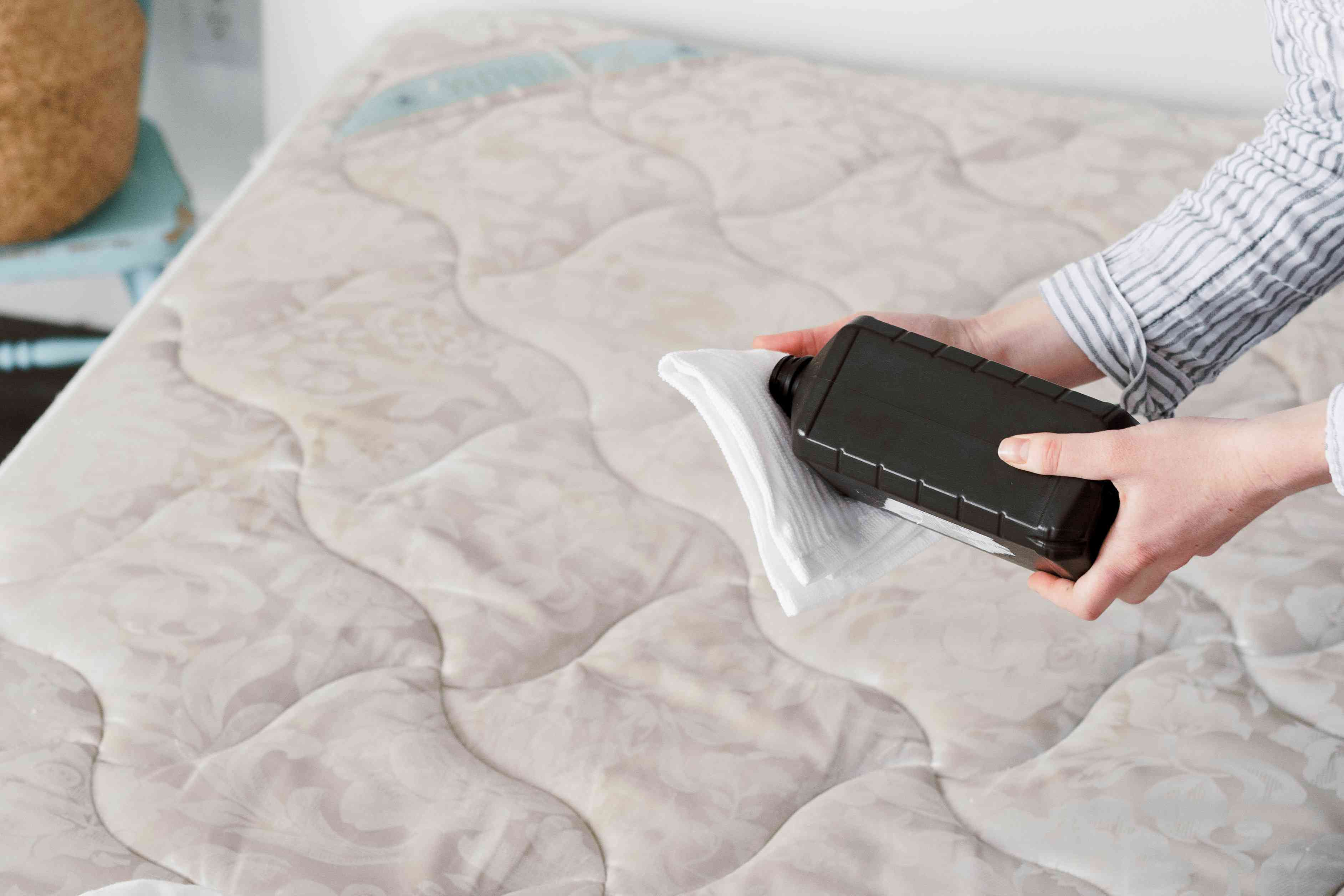
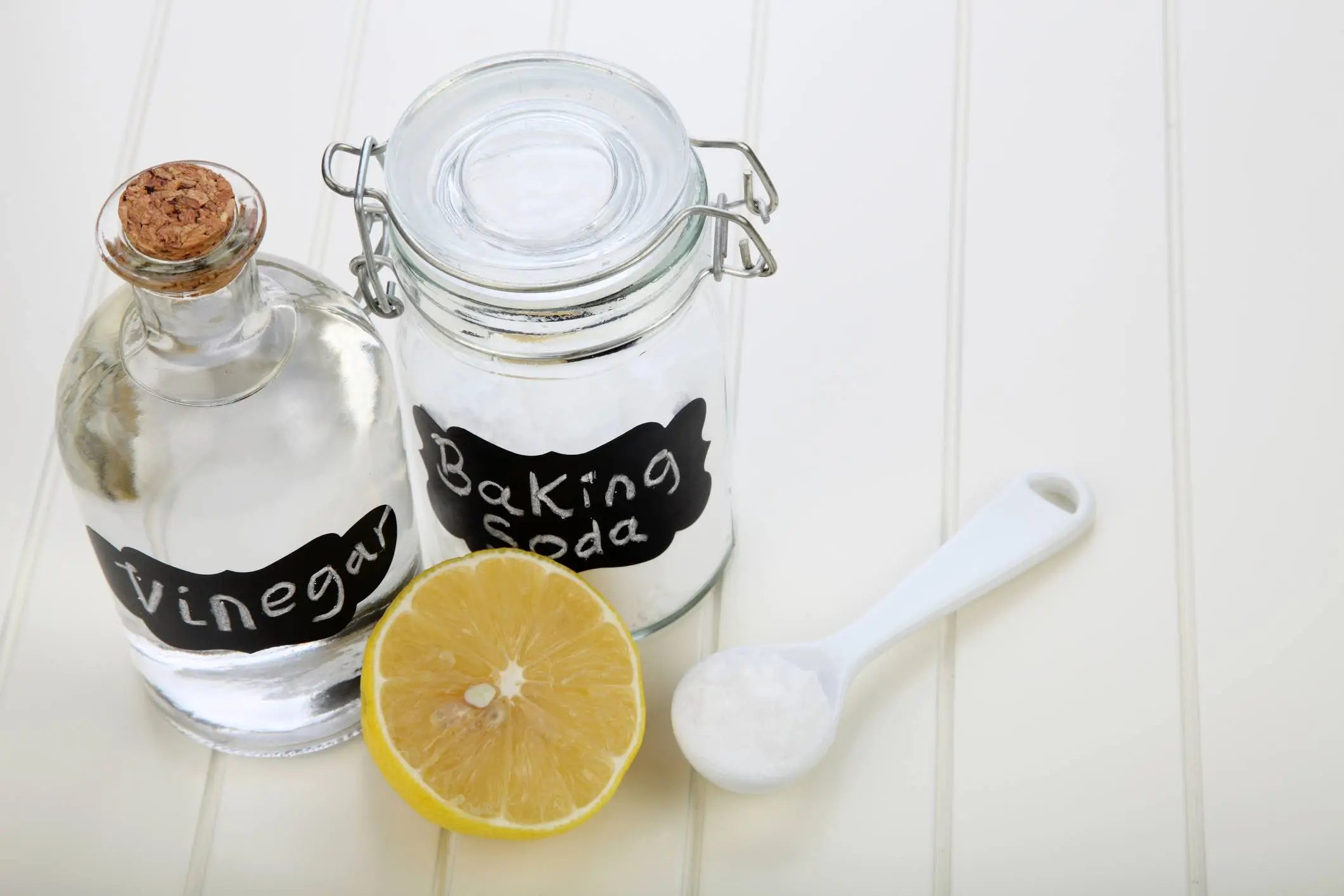
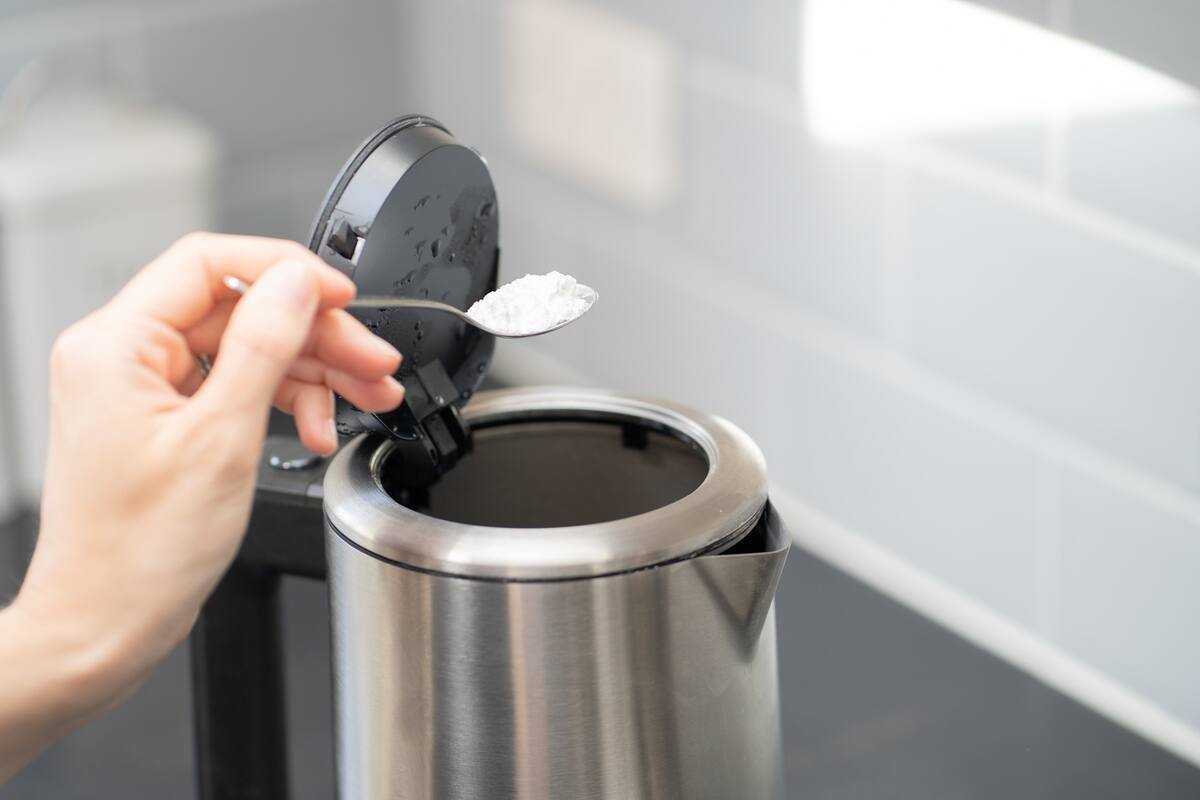
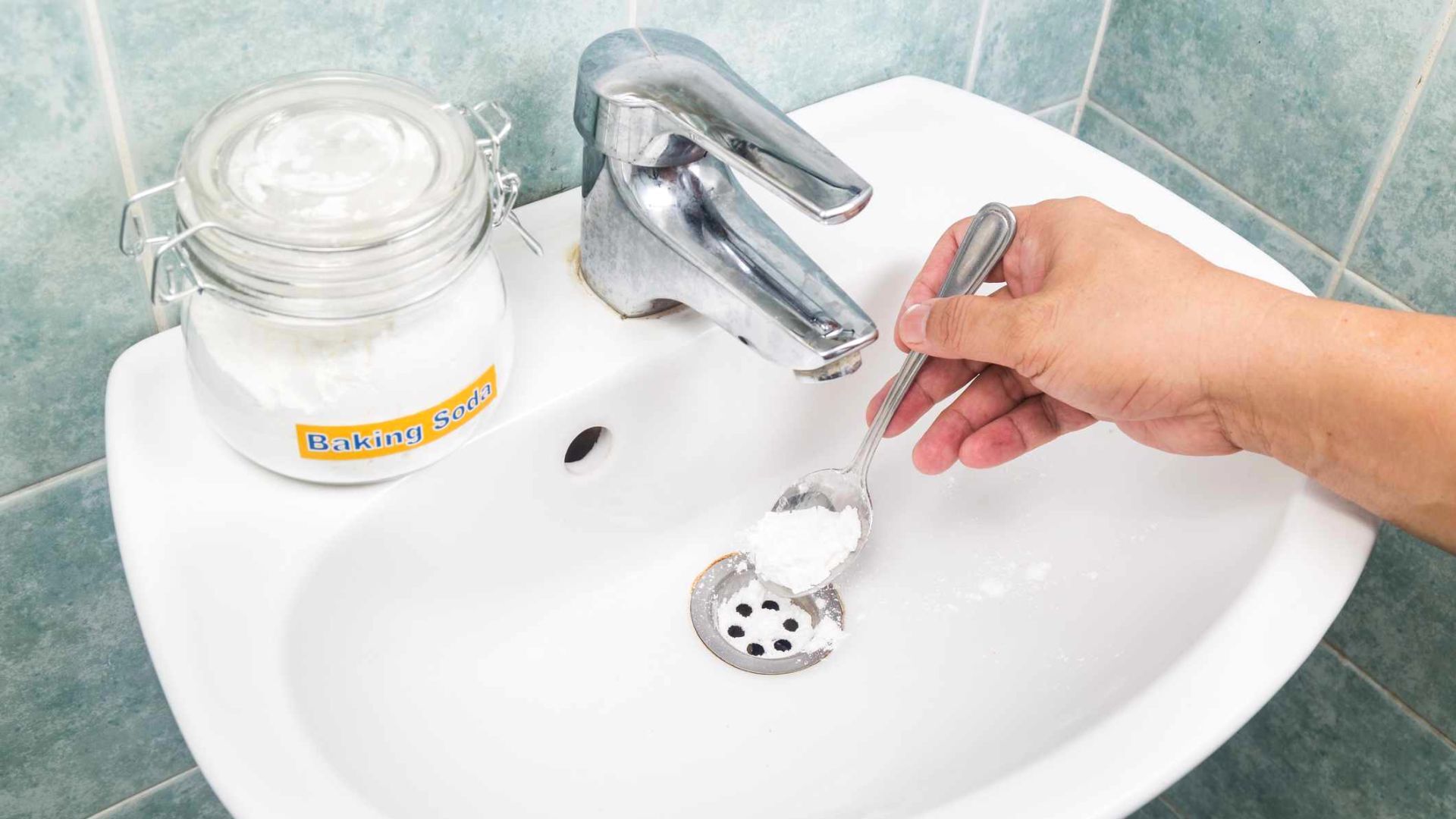
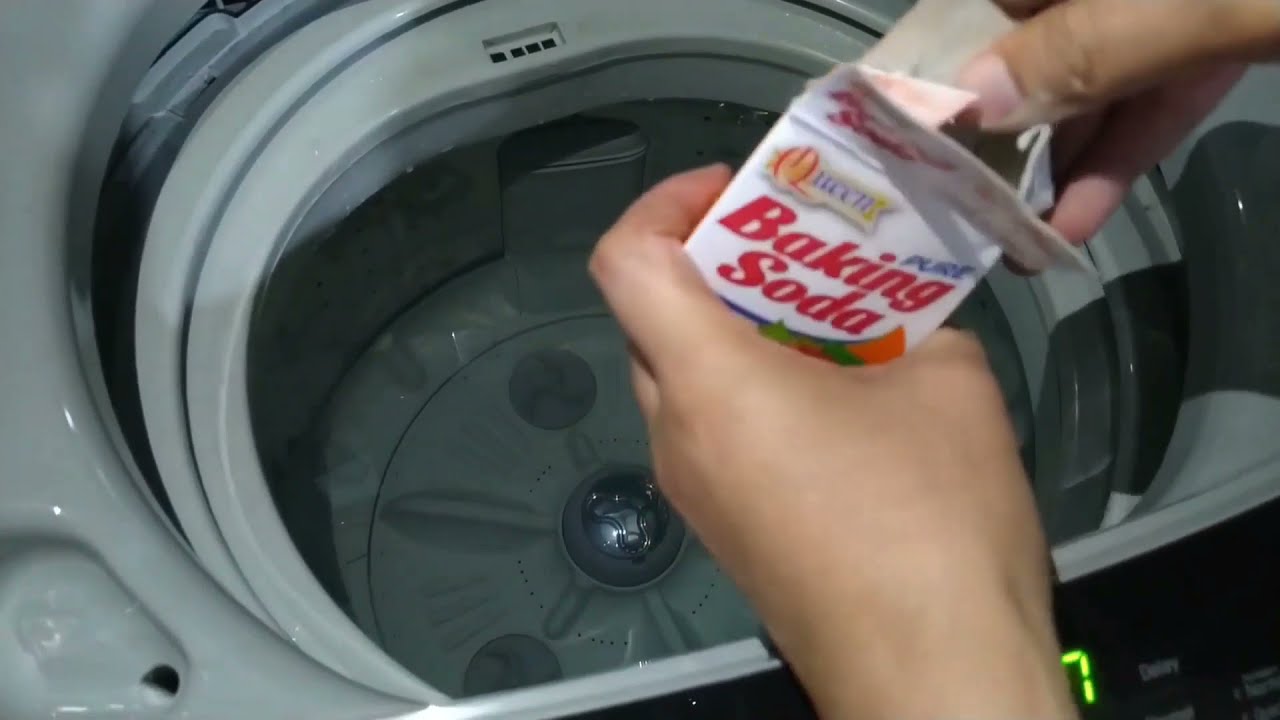
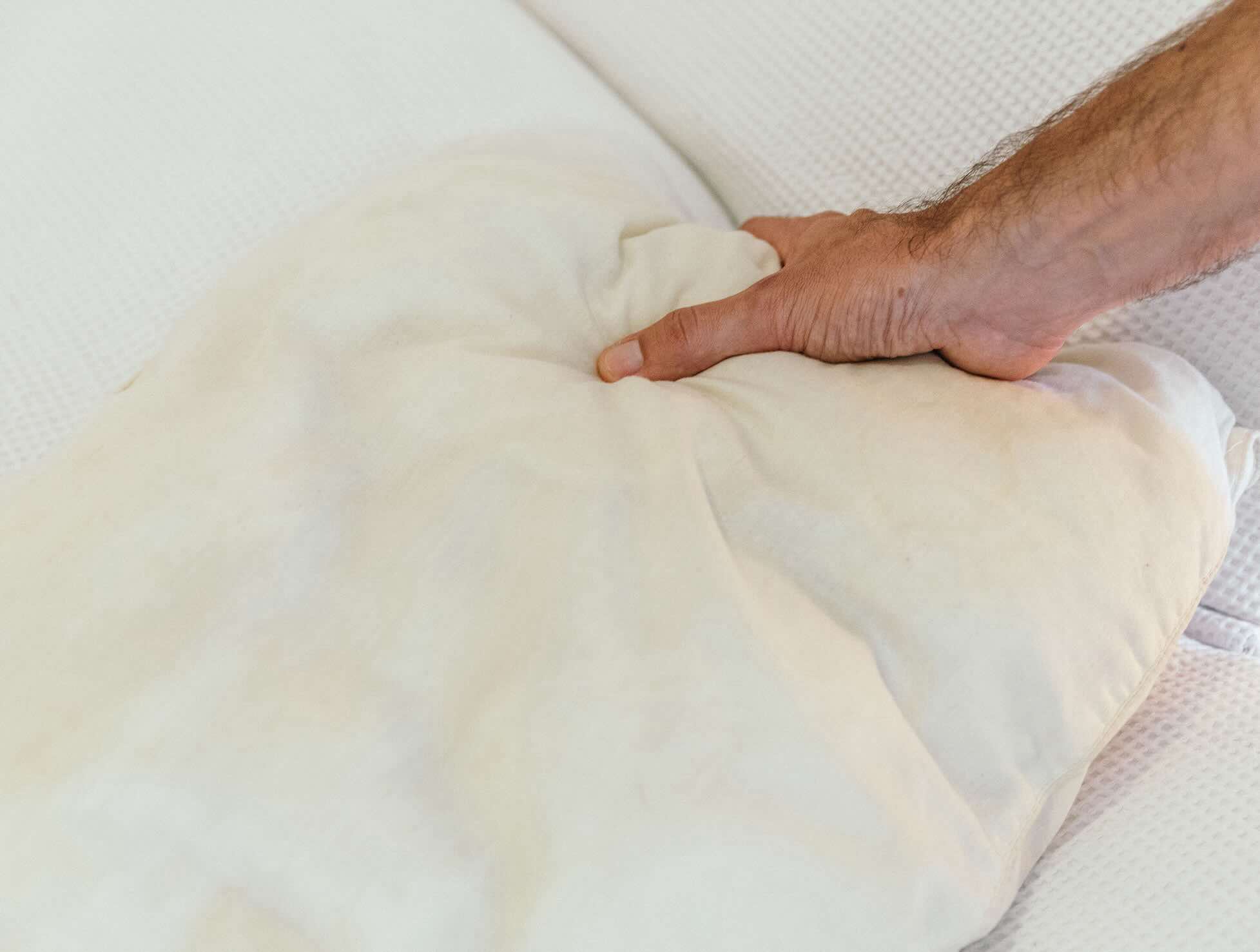
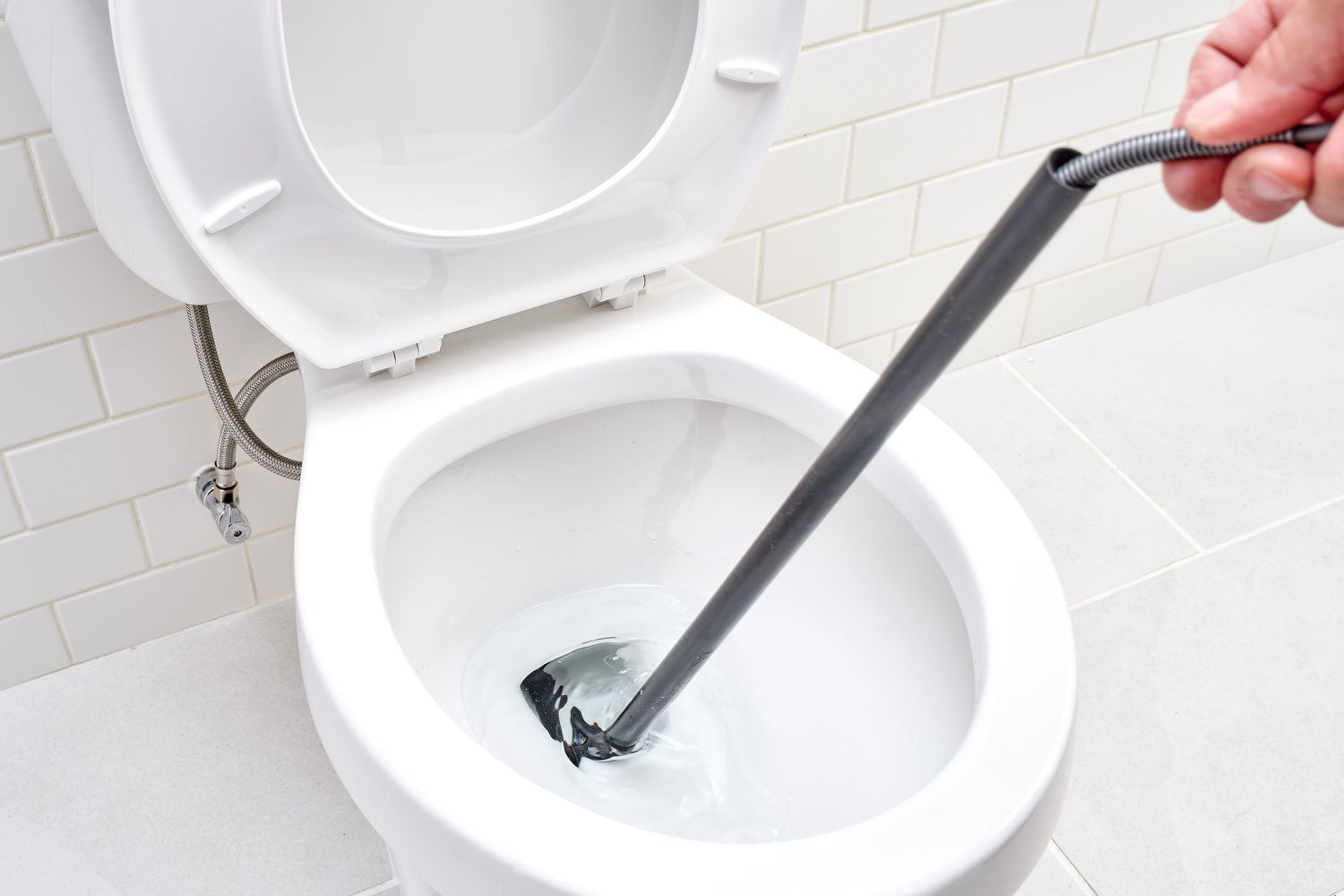
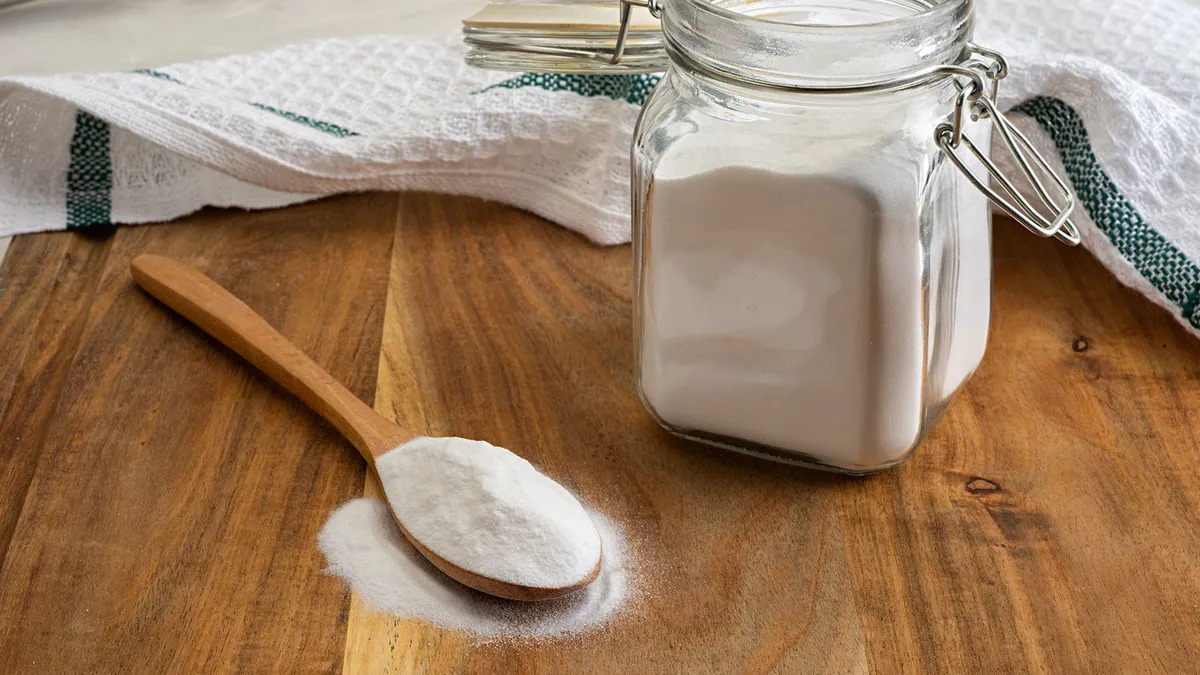

0 thoughts on “How To Unclog A Toilet With Vinegar And Baking Soda”